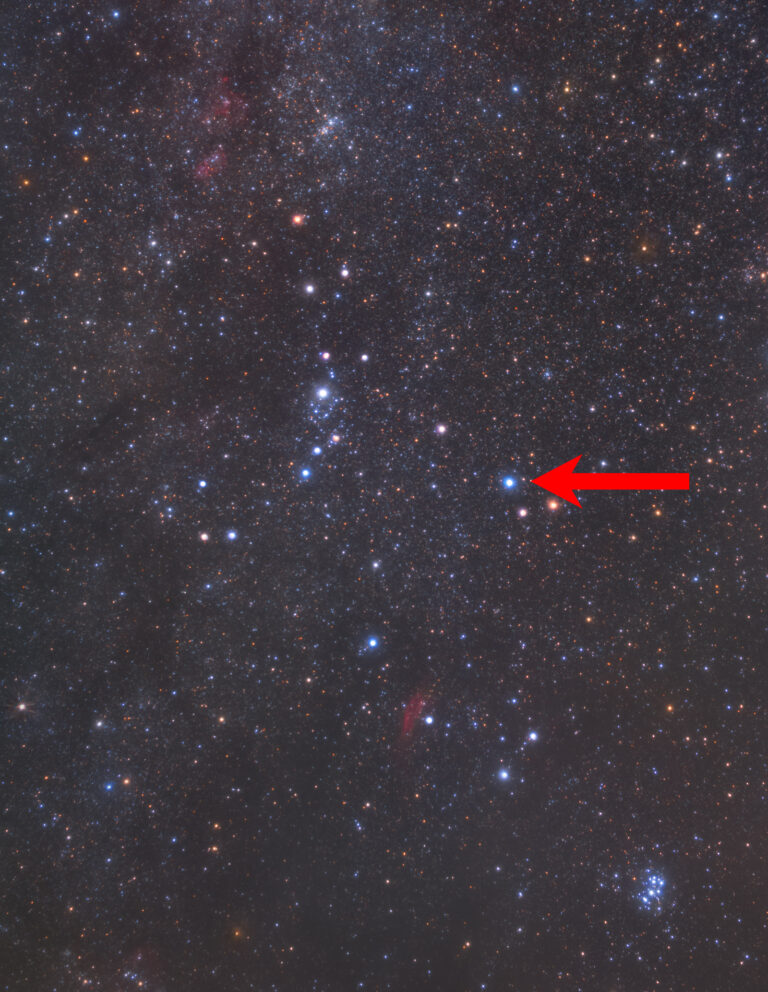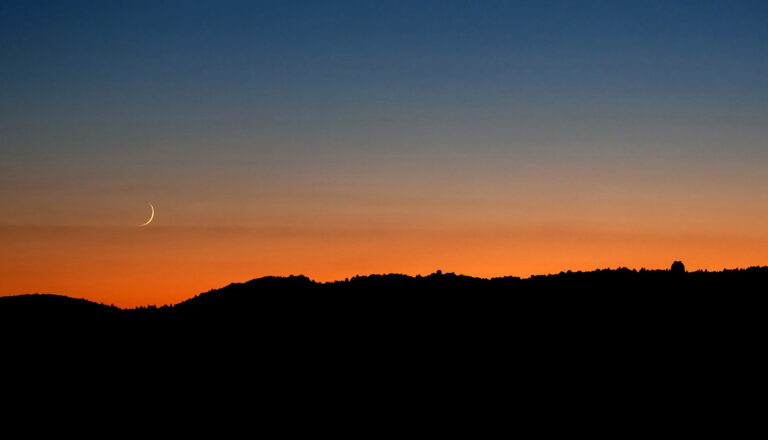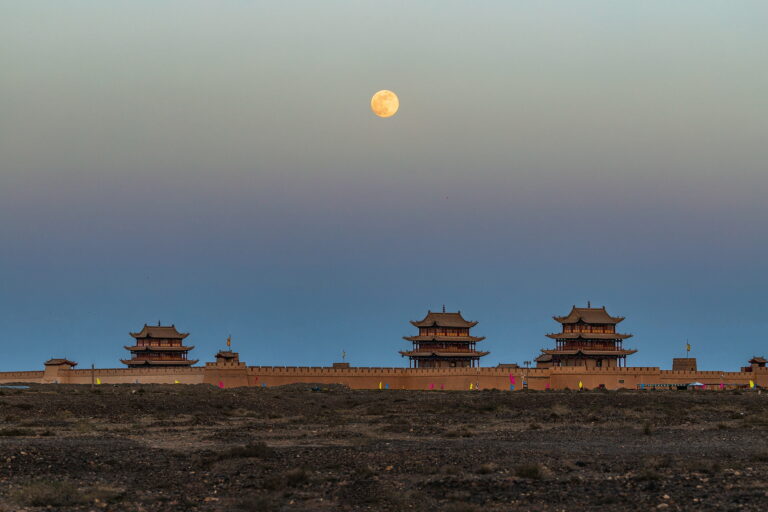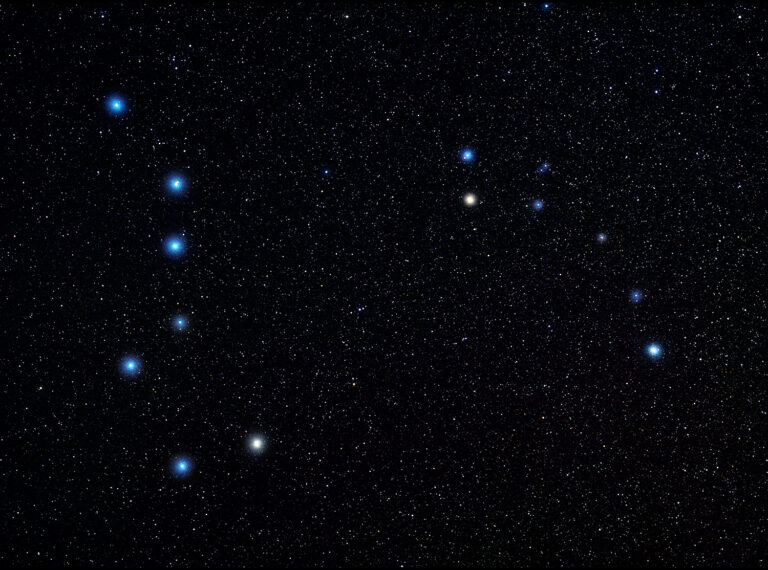Key Takeaways:
- Solar viewing carries risks, especially using improper equipment.
- Projecting the sun's image onto cardboard is a safer method than direct viewing with a screw-in filter.
- Full-aperture solar filters mounted on the telescope's front are the safest way to view the sun directly.
- “Now it’s your turn to own the Sun,” said Greg Chaple.
“Danger ahead!” You don’t usually associate this warning with a hobby as seemingly innocuous as backyard astronomy. Still, there is an inherent risk to life and limb any time you drive to and from a remote observing site or skygaze alone in an unfamiliar environment. Observers in desert areas must worry about venomous snakes and scorpions. And in humid climates, a mosquito or tick bite can lead to a potentially fatal disease. Frigid wintry weather also brings its own hazards, like slippery ice and frostbite.
However, perhaps the most dangerous astronomical undertaking — at least to the eye — is solar observing. I avoided this activity during my early years as an amateur astronomer. But in the summer of 1971, I acquired a 60mm f/11 refracting telescope. Among its accessories was a solar filter that screwed into the eyepiece. At last, the Sun was mine to explore! The filter produced a “white light” image of the Sun, revealing activity on its surface, or photosphere. I remember the excitement of seeing sunspots for the first time. Day after sunny day, I watched, spellbound, as they seemingly appeared from nowhere before eventually fading back into oblivion, all the while drifting across the face of our life-sustaining star.
Several years passed before I learned that the glass in screw-in solar filters has a nasty habit of shattering due to excessive heat. Had this happened while I was peering into my scope’s eyepiece, a sudden blinding flash of unfiltered and concentrated sunlight could have caused permanent eye damage. I thank my lucky stars that never happened.
Fortunately, I also learned that I could still see the Sun with my little refractor by employing a simple technique called solar projection. All I had to do was aim my scope at the Sun, not with the finderscope, which should be capped or entirely removed, but using the scope’s shadow as a guide. I would adjust the telescope tube to make its shadow on the ground as small as possible. And once the telescope was on target, the eyepiece would light up with sunlight. I then held a piece of white cardboard about a foot away from the eyepiece and adjusted the focus until the bright circle of light (the Sun’s projected image) was sharp at the edges. Once again, I could follow the antics of sunspots — maybe not as clearly as I could with direct viewing, but at least with minimal risk to my eyes.
During those early years of solar observing, I learned that my little refractor is an ideal telescope for projecting the Sun’s image. Lacking secondary mirrors, refracting telescopes are less likely to suffer internal heat damage than reflectors or catadioptrics. My scope’s modest 2.4-inch aperture also captures less sunlight (and therefore heat) than a larger telescope. The 20mm Huygenian eyepiece that came with it yielded a magnification of 35x, ample for a celestial body that’s a half-degree across. Moreover, the simple Huygenian design, scorned by serious amateur astronomers, is perfect for solar projection because it consists of two separated lenses. Concentrated solar heat can “cook” a more complex (and expensive) eyepiece composed of one or more cemented lenses.
Projecting the Sun’s image onto cardboard may have been a sensible alternative to risking permanent blindness, yet I still yearned to view the Sun directly and safely. For that reason, I invested in a full-aperture mylar solar filter that would fit my refractor. Unlike a screw-in solar filter, an aperture solar filter is affixed to the front of the telescope tube, filtering out sunlight before it enters the scope. Whether comprised of mylar, glass, or polymer film, this setup offers views of the Sun’s photosphere without the risk of shattering solar filters or cooking eyepieces. With proper equipment and a few simple techniques, at last, the Sun was truly mine to safely explore!
Now it’s your turn to own the Sun. Be it by projecting its image with a small refractor or by viewing it directly with a larger scope fitted with an aperture filter, the Sun can be a safe, satisfying target for backyard astronomers. Just watch out for rattlesnakes, mosquitos, and other drivers!
Questions, comments, or suggestions? Email me at [email protected]. Next month: the answer to all your backyard astronomy questions. Clear skies!









